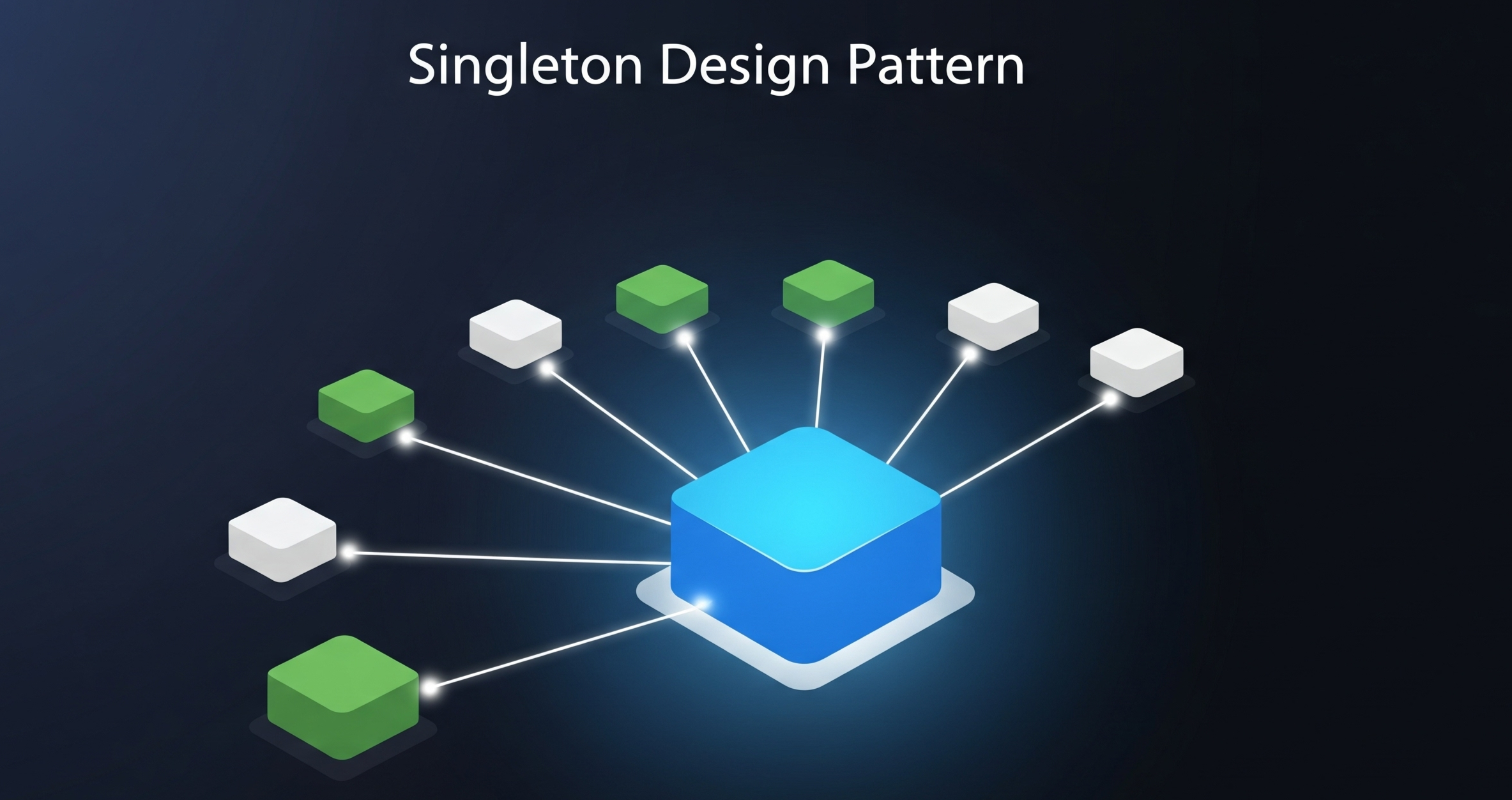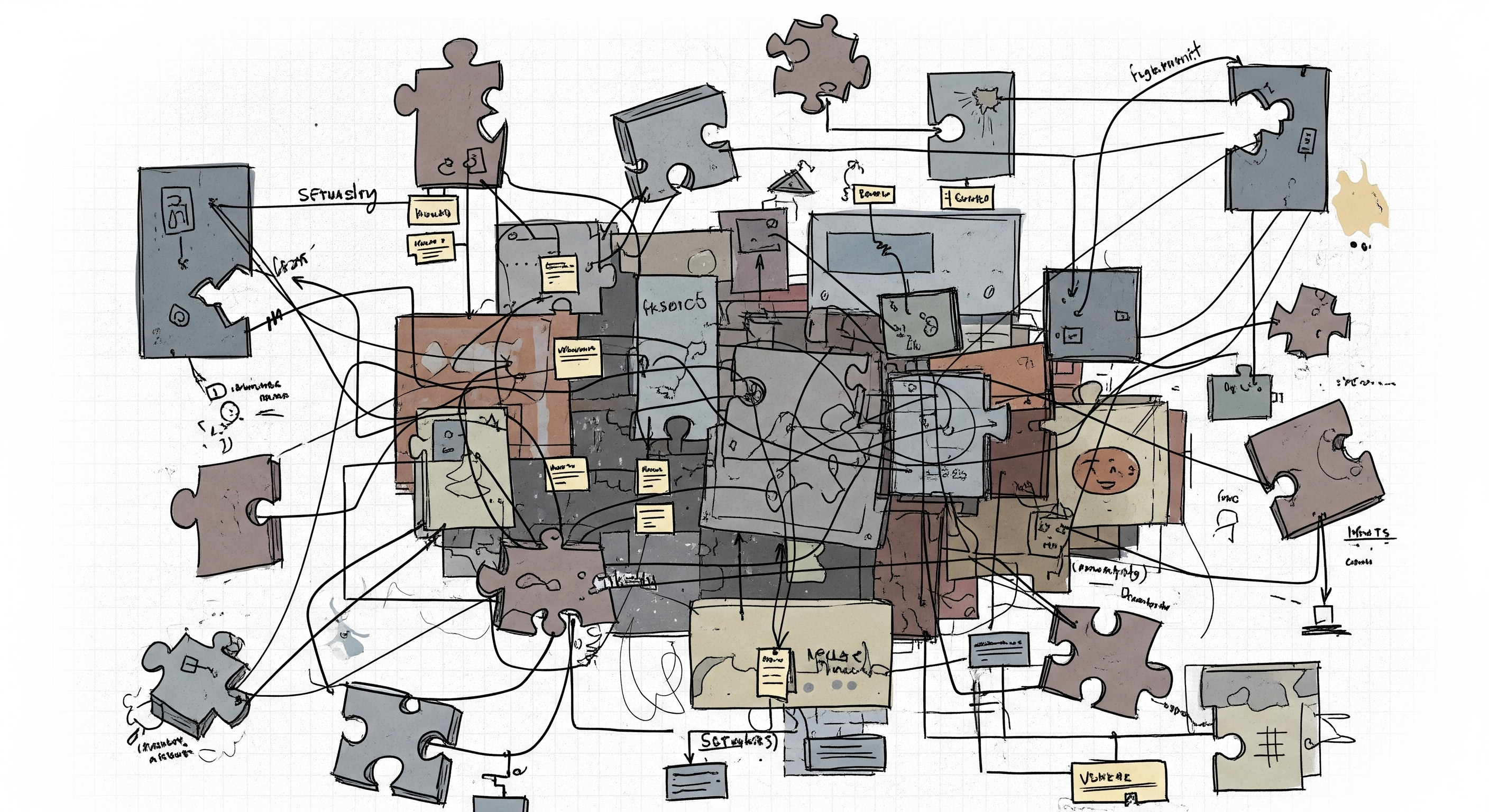🔑 Understanding the Singleton Design Pattern
The <strong>Singleton Pattern</strong> is one of the most widely known design patterns in software development. It ensures that a class has only <em>one instance</em> throughout the application and provides a global point of access to that instance.
📌 What is the Singleton Pattern?
The Singleton is a <strong>creational design pattern</strong>. Instead of creating multiple instances of a class, the pattern guarantees that only one object exists and is shared across the application.
Common use cases include:
- 🌐 Managing configuration settings
- 🗄️ Database connections
- 📊 Logging frameworks
- 🔒 Caching and thread pools
⚙️ How Does It Work?
The idea is simple: restrict object creation. A Singleton class usually:
- Hides its constructor (private or protected)
- Provides a static method (often <code>getInstance()</code>) to access the instance
- Stores a single static reference of itself
💻 Example Implementation (in Java)
public class Singleton {
// Step 1: Create a private static instance
private static Singleton instance;
// Step 2: Private constructor to prevent direct instantiation
private Singleton() {}
// Step 3: Public method to provide global access
public static Singleton getInstance() {
if (instance == null) {
instance = new Singleton();
}
return instance;
}
public void showMessage() {
System.out.println("Hello from Singleton!");
}
}Usage:
Singleton obj1 = Singleton.getInstance();
Singleton obj2 = Singleton.getInstance();
System.out.println(obj1 == obj2); // true, both reference the same instance✅ Advantages of Singleton Pattern
- Ensures a single instance across the system
- Provides controlled access to a shared resource
- Useful for centralized services (logging, configuration, DB connections)
⚠️ Disadvantages of Singleton Pattern
- Can introduce <strong>global state</strong>, which makes debugging harder
- May cause issues in <strong>multithreaded environments</strong> if not implemented carefully
- Violates the principle of <em>dependency injection</em> if overused
- Difficult to test and mock in unit testing
🔐 Thread-Safe Singleton (Double-Checked Locking)
In multi-threaded applications, the naive implementation can create multiple instances. A safer implementation:
public class ThreadSafeSingleton {
private static volatile ThreadSafeSingleton instance;
private ThreadSafeSingleton() {}
public static ThreadSafeSingleton getInstance() {
if (instance == null) {
synchronized (ThreadSafeSingleton.class) {
if (instance == null) {
instance = new ThreadSafeSingleton();
}
}
}
return instance;
}
}🌍 Real-World Examples
- 🔧 <strong>Spring Framework</strong>: Bean scope can be singleton
- 💾 <strong>Database connections</strong> often use singleton pools
- 📝 <strong>Log4j/SLF4J</strong> logging frameworks rely on singleton instances
🌟 Final Thoughts
The Singleton pattern is <strong>simple but powerful</strong>. It's best when you truly need one global instance — but be mindful of its downsides, especially in large-scale systems where dependency injection and testability matter.
"Use Singleton when you need one, avoid it when you want flexibility."



